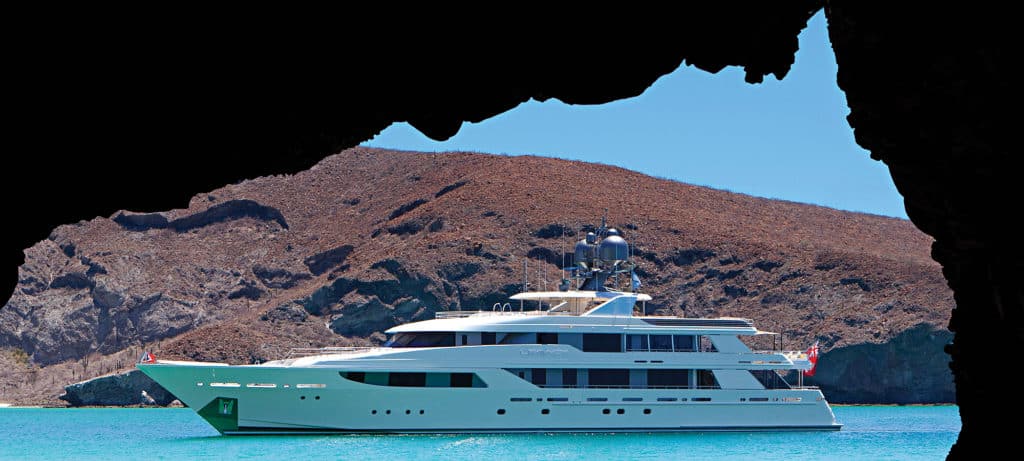
Sapele mahogany and onyx are everyday sights at the Westport Yachts facilities in Washington State. Whether they’re on board the builder’s flagship 164 or the smallest series in the lineup, the 112, they’re being installed as paneling in staterooms and backlit countertops on bars. They’re soon joined by artwork, fine cutlery and more, all personally chosen by owners looking forward to taking delivery in the coming weeks and months.
These realities make it hard to imagine that, back in Westport’s early days in 1964, freshly caught salmon bounced about on its boats. As is the case with other Pacific Northwest builders, Westport started out constructing vessels for the region’s commercial-fishing fleet. (Some of Westport’s 170 or so fishing boats are still on the water today.)
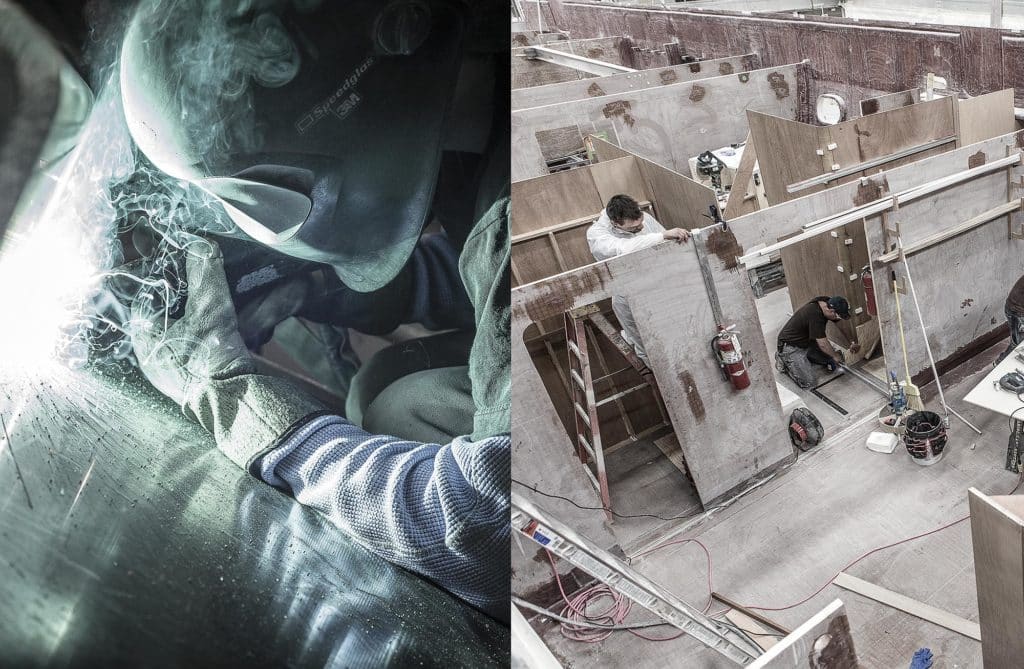
Quite a number of changes have occurred for Westport since then, to say the least. Quite a number of changes have occurred in the yachting industry too. But the builder has never wavered from all- composite construction, and, in offering semicustom mega-yachts, it continues to prioritize predictability — for the owner’s benefit as much as its own.
Soon after the builder began its fishing-boat fleet, the yard added passenger vessels to its offerings. And when the fishing industry began declining in the late 1970s and ’80s, Westport turned to luxury yachts. The builder’s tough-minded engineering was well-suited for the switch to large, semidisplacement motoryachts. Equally well-suited was the emphasis on less maintenance, thanks to the builder’s all-fiberglass construction.
At first, Westport built components for other yards to put together, but eventually it built its own yachts, with arguably the most famous early launch being the 98-foot Golden Delicious. That was in 1988. Simply put, she was huge for her time, and she inspired a whole line of boats that were the same size.
As the industry grew, and as more ultra-high-net-worth buyers came into the market, Westport adapted. In 1998, the builder launched its first 112. With the arrival of the new century, it introduced the 130. Then, in 2006, Westport rolled out hull No. 1 of an even bigger series, the 164, which remains its flagship to this day.
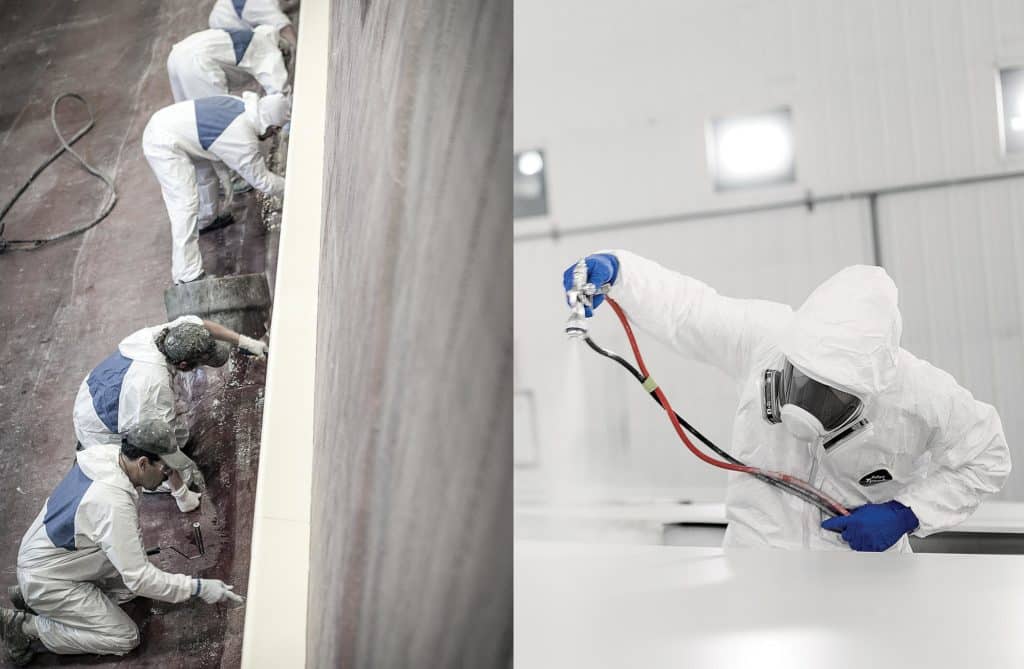
Floor Score
Just as Golden Delicious was notable all those years prior, so too was the 164. Most yachts in the 164’s size range were — and still are — built with steel or aluminum hulls. Part of the reason is due to tradition, and part is due to bias. Through the early 1990s, some shipyards claimed it wasn’t possible to build a reliable all-fiberglass superyacht exceeding 150 feet. And yet another bias: Builders asserted that buyers in this size range only wanted fully custom yachts.
Westport, and the market, proved otherwise. The Westport 164 launched as the largest series-built superyacht worldwide. The yard counts about a dozen deliveries to date. And other builders have followed suit, offering semicustom builds in fiberglass and metal. The 164, however, is still the world’s largest all-fiberglass series yacht.
Because Westport employs the same technical platform for each model and starts every hull on spec, Daryl Wakefield, the yard’s president, can tell you without blinking just how many man-hours it takes to build each boat. The 164 requires about 240,000. Westport’s 130 takes about 150,000 and the 112 about 80,000. While the 125, introduced in 2014, is still too new to have set man-hours, Wakefield anticipates she’ll ultimately require 140,000.
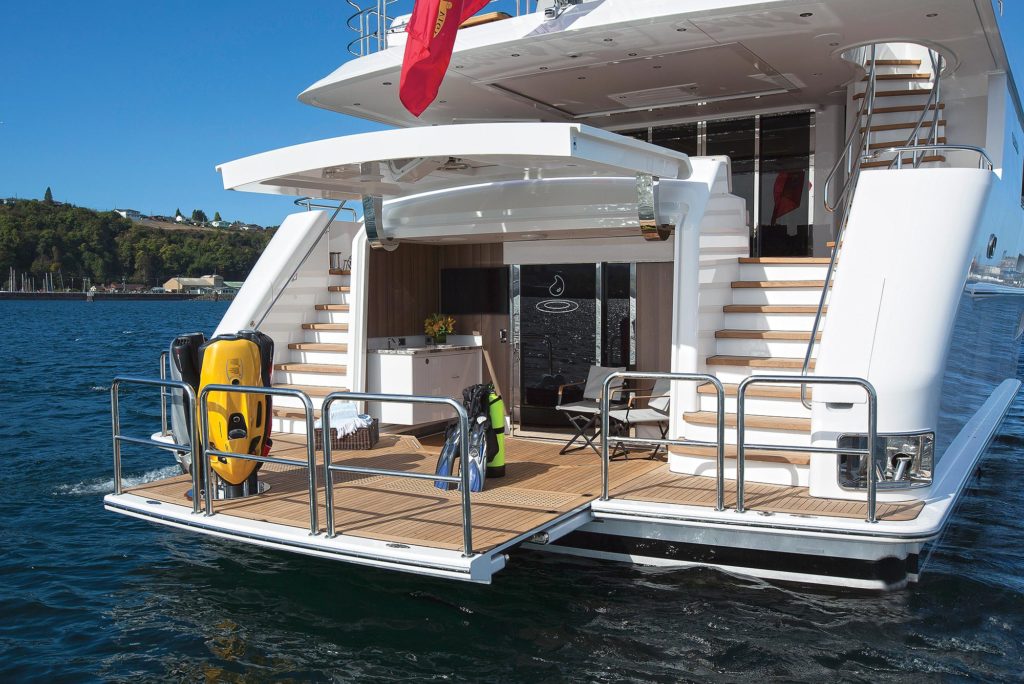
Those figures are all for the “base boats,” as he terms the spec designs. They have 24- to 25-knot top speeds, and long ranges at slower speeds. Their systems are also tested prior to launch. Calling the testing techniques “part of our Disney magic” may sound like hyperbole, but Wakefield says the phrase sincerely, describing predictability from construction through after-sales service. (Upon delivery, clients receive 24-hour contact details for Westport’s service department and the shipyard.)
That predictability is what attracts customers in the first place. “It’s a whole lot easier to predict the price,” Wakefield says, compared with custom builds elsewhere. Westport can tell owners the bottom-line cost “to the penny,” he says, along with the day — not the month or season — of delivery.
The same is true when owners request changes, another significant selling point for Westport. Despite some rumors to the contrary, the builder invites buyers to do much more than enhance the base décor: nonstructural bulkheads can be moved, and some 164 buyers have requested stairways to replace the standard elevator.
WESTPORT BY THE NUMBERS
The shipyard has delivered more than 140 yachts, including nearly 70 hulls of the 112-footer and more than 40 of the 130-footer. With the 125 having been introduced in 2014, just one delivery has occurred — but Hull No. 2 has launched, and Hulls 3, 4 and 5 are on their way.
Sometimes Westport devises alternate arrangements on its own — like when, during the recession, it created a version of the 112 with an on-deck master. Buyers ended up gravitating toward that configuration, though some still preferred all staterooms belowdecks and ordered accordingly. When owners of the 112 were ready to step up, many of them naturally chose the 130. (Wakefield says some 112 owners keep commissioning new 112s, changing things along with their family’s needs.)
But in recent years, more began confiding that the trideck aspect of the 130 was too much boat for their comfort. That’s why Westport created its newest model, the 125. Because of its raised-pilothouse design, it’s akin to the 112 yet affords owners the room they want. Hull No. 1, Black Gold, is on the water, replacing a 112 by the same name. Hull No. 2 has launched too. Hulls 3 and 4 are in build for 112 owners. And Hull No. 5 is underway.
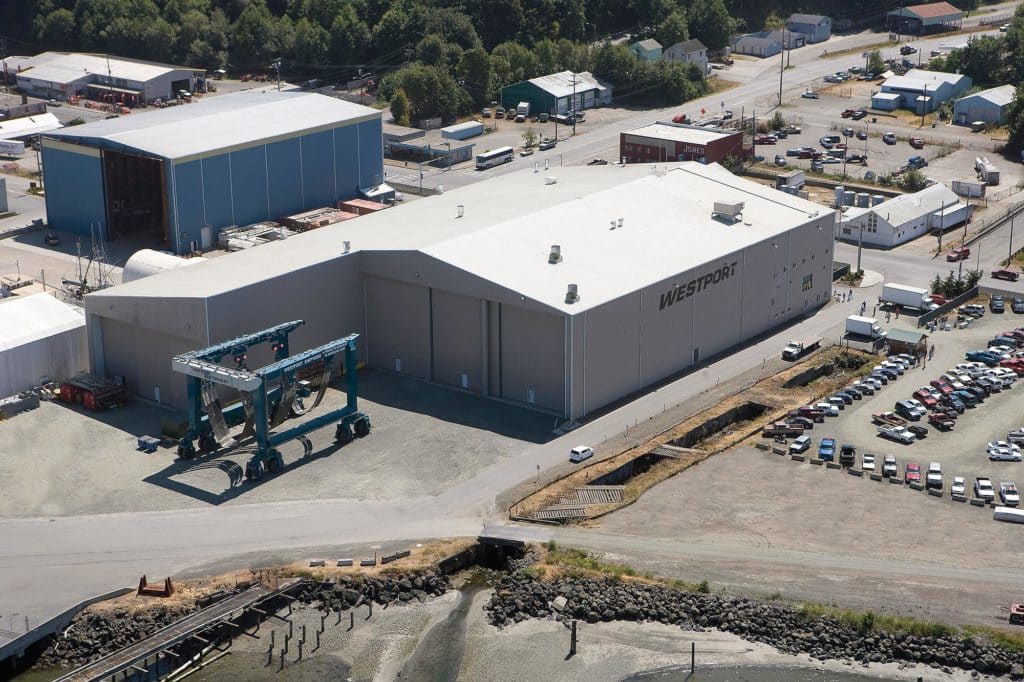
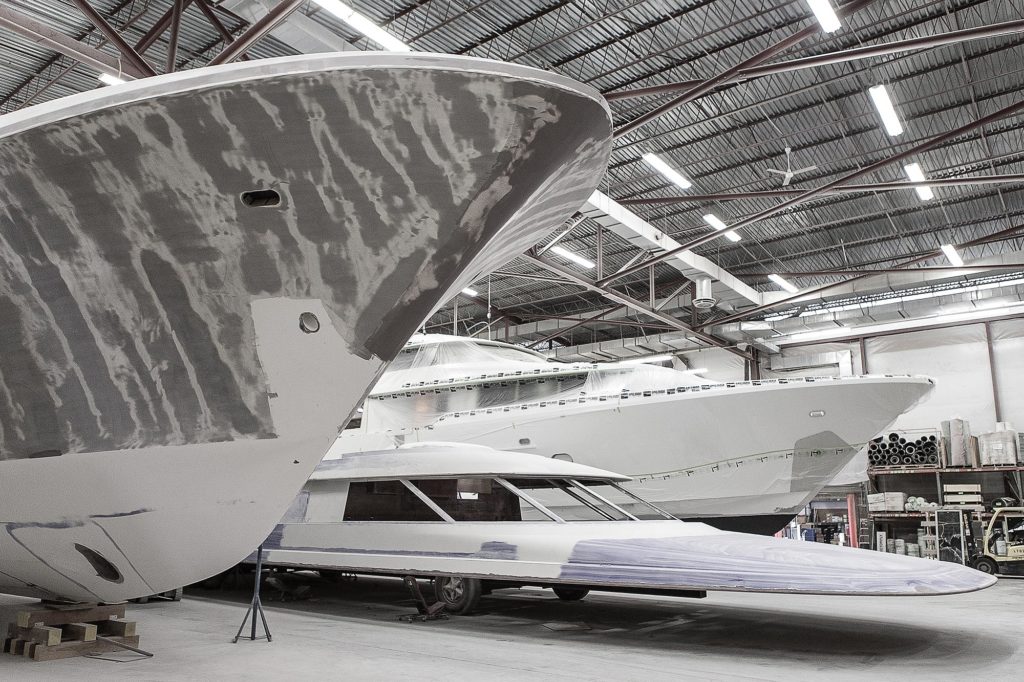
Composite Cutters
With 70 percent of customers bringing repeat business, Wakefield says, “We don’t want to lose them. It’s a great relationship.” But fresh models are a must. Wakefield won’t divulge much about the future, other than to say the yard is looking at designs between the 130 and 164, and larger than the 164.
“We’re polling customers about their next logical steps,” he explains. Simultaneously, Westport wants to maintain its cornerstone of predictability.
Whatever the yard’s next steps may be, perhaps they’ll include some freshly caught salmon — though, this time, just served as dinner.








